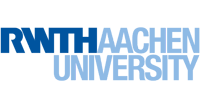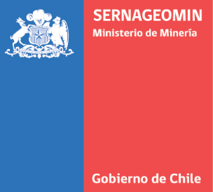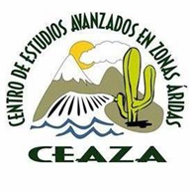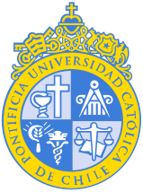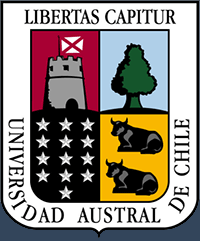Landscapes in Transition - formation, degradation and regeneration of dust-desert landscapes
Research area: Geography
Principal investigators: Prof. Dr. Tony Reimann, Dr. Marijn van der Meij
Project Info: Phase 3
The project C08 investigates the formation and evolution of hyper-arid Earth Surfaces in the Atacama Desert and in particular focuses on transitions between different Earth Surface systems. During the 2nd funding period we developed a robust and time-efficient single-grain feldspar luminescence tool-box for Atacama soils and sediments to be able to tackle the very challenging luminescence properties of samples from the Atacama Desert. Using this method, we investigate the transition from biologically controlled soil surfaces (western flank Coastal Cordillera) to sub-surface systems mainly controlled by abiotic processes (i.e. haloturbation). However, even under the most extreme hyper-arid conditions signals of life are present in the upper surface layers (Knief et al., 2020) and presumably also influence the evolution of the critical zone in the hyper-arid core of the Atacama. Yet, understanding interactions and impacts of changing environmental conditions and surface crust formations associated to desert surfaces and landscapes in the hyper-arid core of the Atacama is uncharted territory and will be the main research focus during the 3rd funding period.
Desert surfaces in the hyper-arid core of the Atacama often consist of a combination of a thin but solid (though fragile) crust that shows similarities to biological soil crust surfaces, covering powdery gypsum- and anhydrite-bearing, silt- and fine sand-rich dust layers underneath (“chuca”). An intact surface crust prevents desert surfaces from erosion and even supports dust deposition/retention, which leads to masking of the topography and eventually a typically smooth dust desert landscape. Disturbances of the fragile surface crust system may in turn lead to deflation of the chuca layer, resulting in the degradation of the smooth dust desert and the development of a more discontinuous patchy desert landscape. Our main research goals are to: i) provide quantitative inventories and understanding of processes and rates of dust desert surface formation, degradation and regeneration; ii) identify external and internal drivers and feedbacks for these transitions; and ultimately iii) pinpoint potential critical transitions and tipping points between intact and degraded dust desert surfaces. Our main hypothesis is that the availability of sub-surface moisture provided by local hydroclimatic conditions (e.g. water vapor) is the key parameter in sustaining surface crusts and consequently landscape stability. To thoroughly test this hypothesis, we propose four work packages dealing with mapping and ground-based observations (WP1), the determination of dates and rates using single-grain feldspar luminescence complemented by isotopic methods (WP2), identifying drivers and feedbacks through compiling all data available in close cooperation with other sub-projects (WP3), and finally using numerical tools to simulate critical eco‑geomorphic transitions (WP4).
Phase 2
Hyper-arid landscapes in transition
Research area: Physical Geography, Geochronology
Principal investigators: Prof. Dr. Tony Reimann
Publications
Project C8 - Publications
Article
Maßon, L., Riedesel, S., Zander, A., Sontag-González, M., Reimann, T., 2023.
Testing the applicability of standardised growth curves (SGC) for chemically heterogeneous single-grain feldspars from the Atacama Desert, Chile.
Quaternary Geochronology. 1 - 33. DOI: https://doi.org/10.31223/X5MM53.









